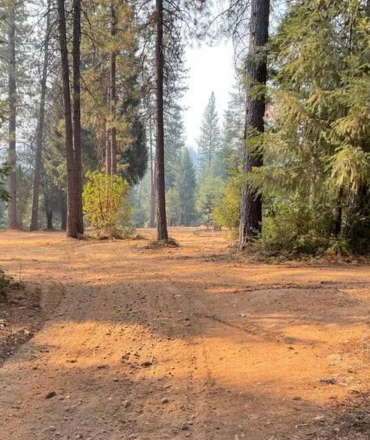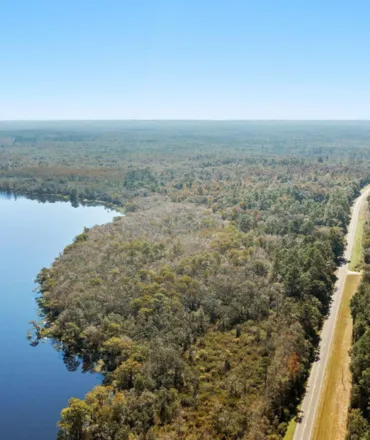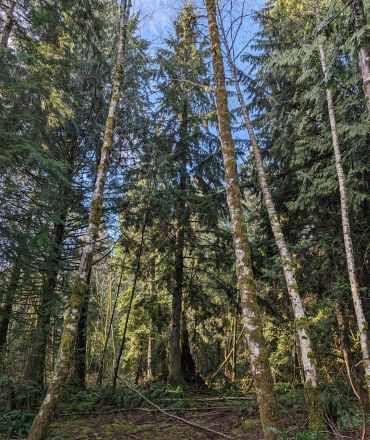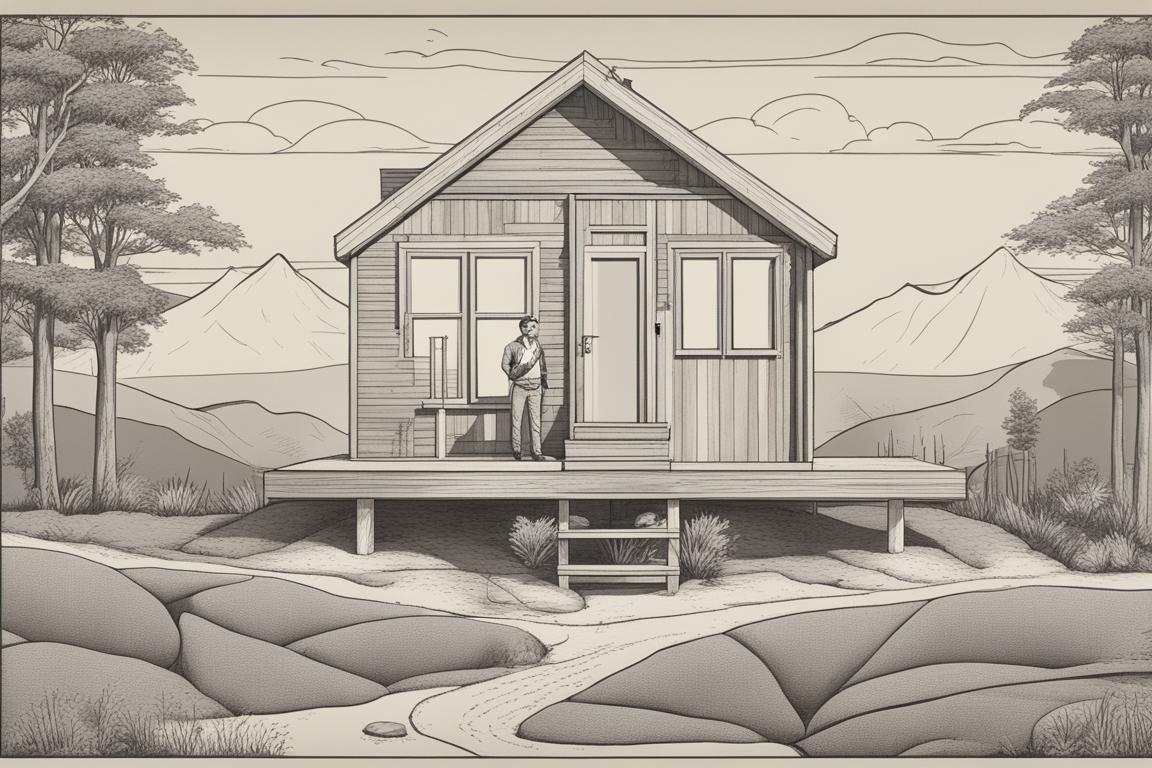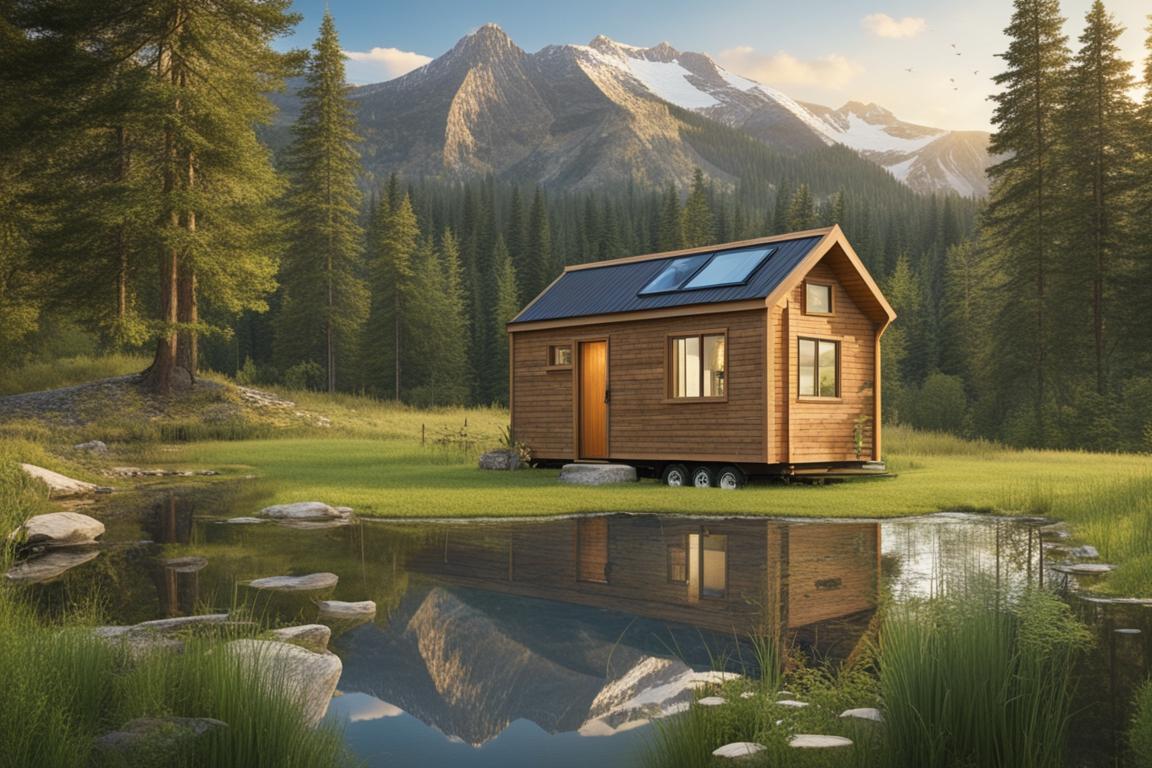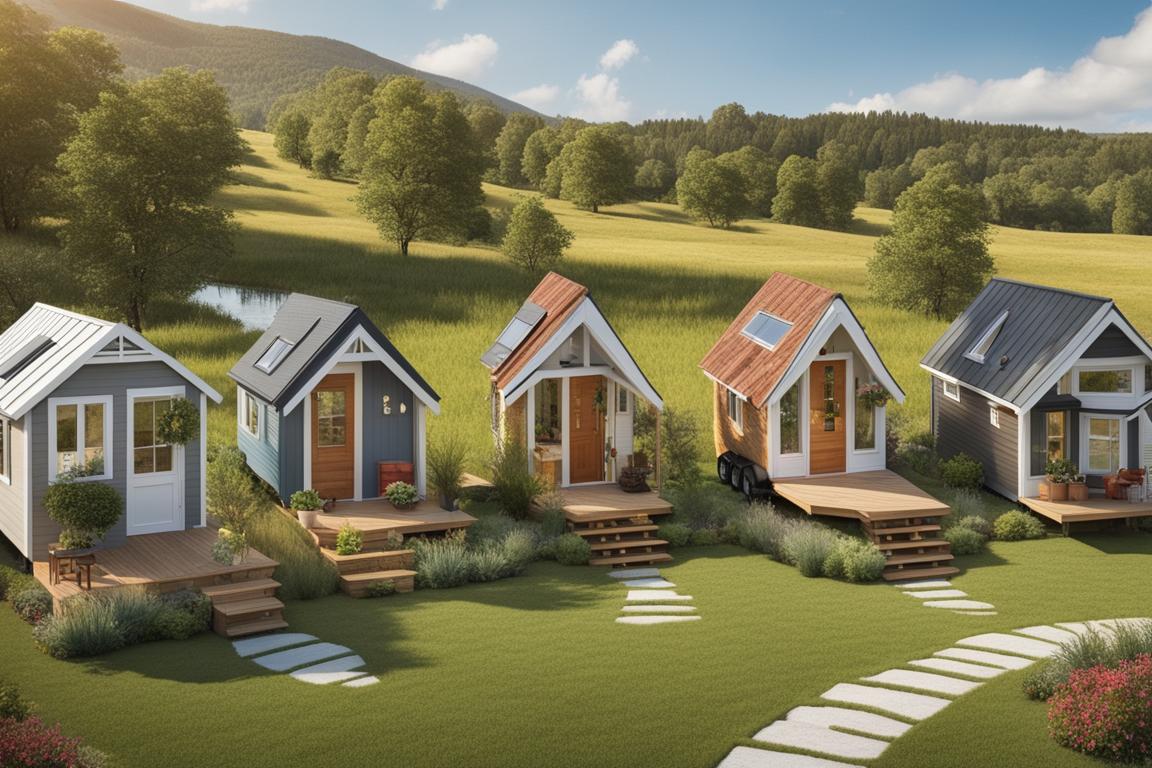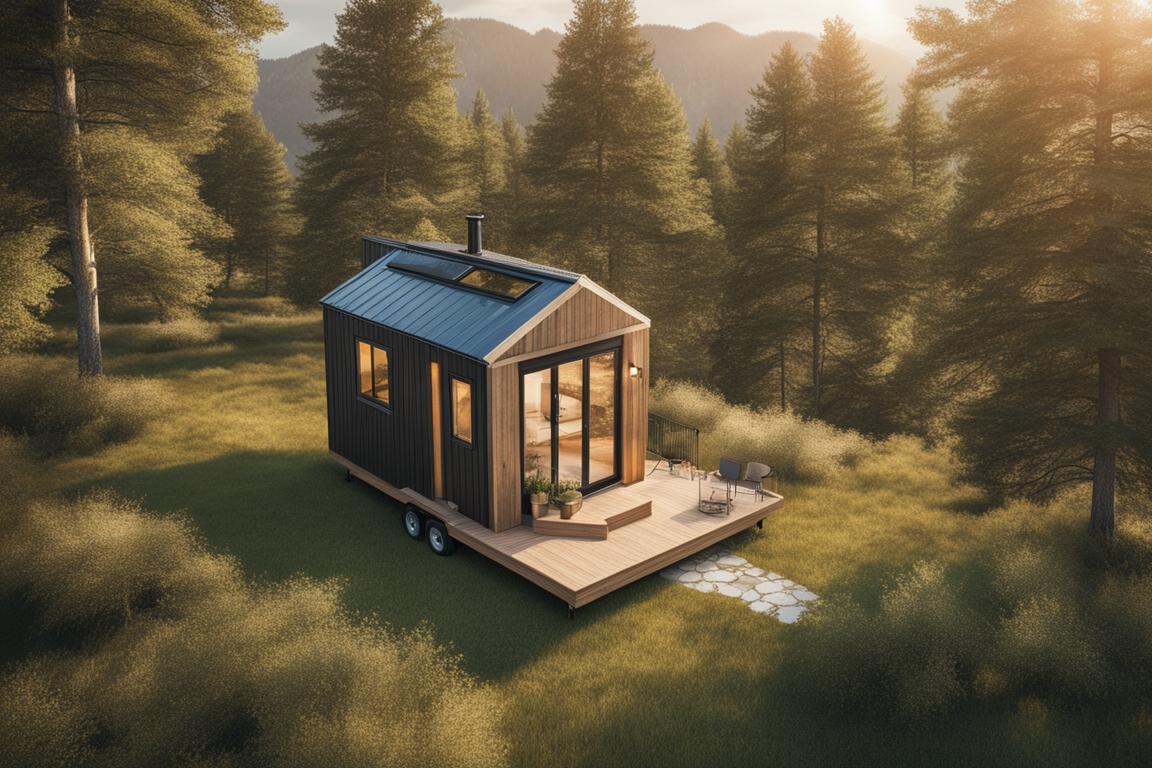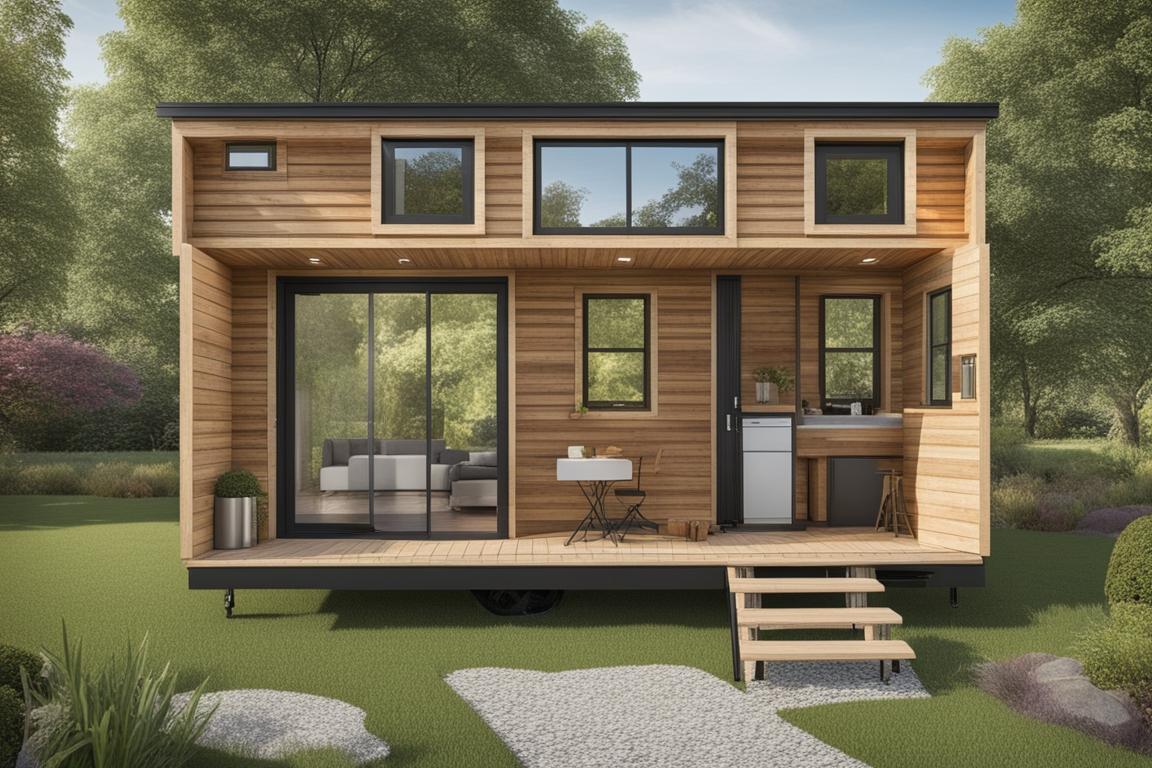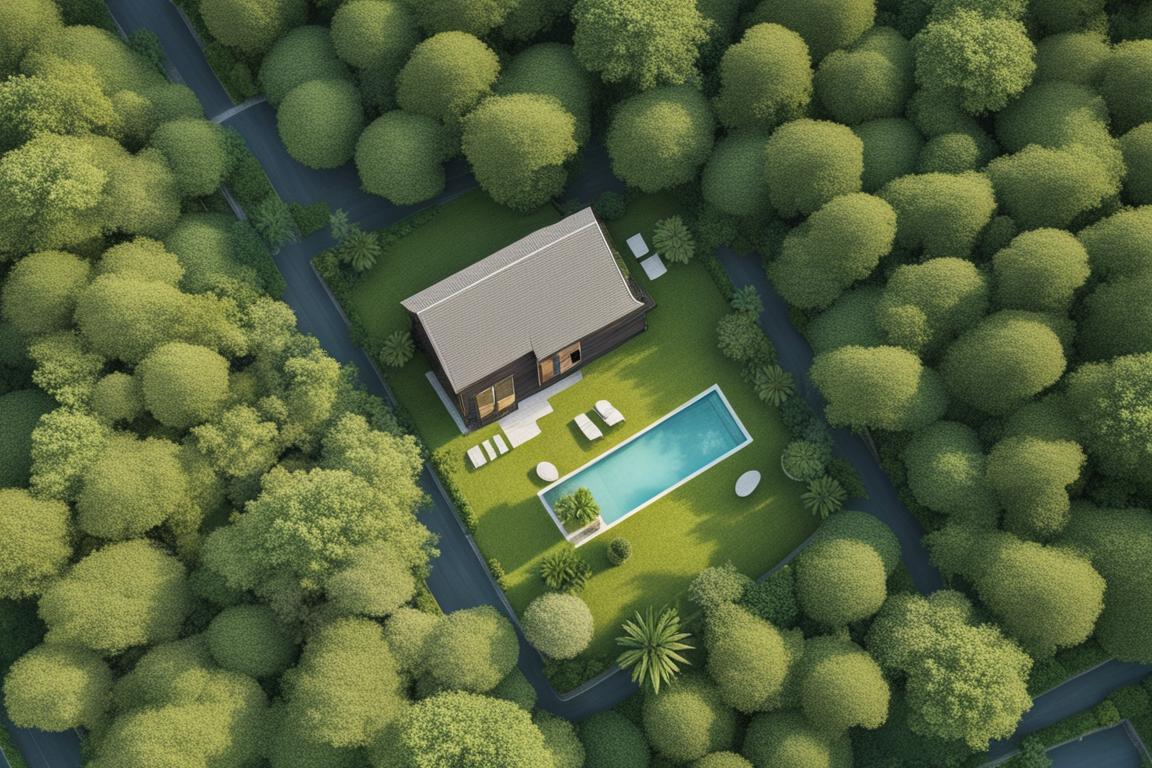Disadvantages Of The Tiny House Lifestyle
Tiny homes have become very popular in recent years. Tiny houses are attractive to those interested in both their environmental well-being and their economic well-being. However, there are some disadvantages to the tiny house lifestyle that are more common than one might think.
Physical Limitations
Tiny houses can require more than one family to physically own and operate the house, which can make them very difficult to manage. In addition, owning a tiny house requires that you constantly monitor its condition, which means you will often have to deal with issues such as pest infestation or rotting wood. The additional costs associated with having more than one family to occupy the house can often outweigh any advantages.
Usability
Disadvantages of the tiny house lifestyle can also impact its usability. While the house itself is usually smaller, it’s not necessarily easier to maintain or repair. Tiny houses may not have access to utilities like electric, water, and sewer, so the house owner needs to regularly service the house in order to keep it clean and in working order.
Maintenance Costs
Disadvantages of the tiny house lifestyle also include the costs associated with maintaining the house itself. Although some owners may have enough money saved up from their income to pay for the upkeep of their tiny house, others may have to rely on other sources in order to provide the necessary services to the house. The extra costs can often outweigh the benefits of owning a tiny house, especially when it comes to maintenance and utility services.
Emotional Well-Being
Disadvantages of the tiny house lifestyle do not stop at the physical limitations of the home itself. It can also have implications on the emotional well-being of those living in it. Many people who live in tiny houses report feelings of isolation and loneliness. A small house may prevent people from socializing with their neighbors and other people outside of their house. These feelings can lead to psychological problems and depression, which are particularly problematic in a home where no one lives for long periods of time.
Relationships
Disadvantages of the tiny house lifestyle also impact the way it affects relationships. Most people who live in tiny houses complain about not being able to socialize with other people. They also report that they feel isolated by their home and that they may feel trapped in their small space, unable to enjoy the outside world.
Lack of Privacy
Disadvantages of the tiny house lifestyle can also lead to a lack of privacy. When people leave their house, they don’t want to lose contact with their family, friends, and other people. This can cause an individual to feel isolated and lonely and eventually depressed. Even those who have never had much to feel loved in the past may find that they are rejected and left out when they leave their house to find work.
Time Constraints
Disadvantages of the tiny house lifestyle can also lead to people lacking time to themselves. People who live in small houses complain about having to spend most of their days dealing with chores and other tasks, especially when they have no free time to devote to themselves. When these chores are combined with the lack of time for themselves, it makes it easy for a person to become depressed.
Lack of Social Interaction
Disadvantages of the tiny house lifestyle can also include a lack of social interaction and a sense of isolation. While people may have the ability to interact socially with others, they may feel left out if they are not allowed to socialize. People who live in tiny houses are also likely to feel lonely because of the isolation of their situation.
In conclusion, while owning a tiny house can be an affordable and environmentally friendly option, there are some disadvantages to consider. These include physical limitations, usability issues, maintenance costs, emotional well-being, relationship problems, lack of privacy, time constraints, and a lack of social interaction. It’s important to weigh the pros and cons carefully before deciding if a tiny house is the right lifestyle choice for you.
Frequently Asked Questions (FAQ)
1. What is a tiny house?
A tiny house is a small, compact home that is typically between 100 and 500 square feet in size. These homes are designed to be affordable, energy-efficient, and environmentally friendly.
2. How much does it cost to build a tiny house?
The cost of building a tiny house can vary greatly depending on the size, materials used, and location. On average, most tiny homes cost between $20,000 and $50,000 to build.
3. Are tiny houses legal?
The legality of tiny houses varies from state to state and city to city. In some areas, tiny homes are allowed as long as they are built to code and meet certain requirements. In other areas, they may not be allowed at all. It’s important to research the laws in your area before building or purchasing a tiny house.
4. Can I live in a tiny house with a family?
Yes, it’s possible to live in a tiny house with a family. However, it may require more planning and organization to make sure everyone has enough space and privacy.
5. Can I hook up a tiny house to utility services?
Many tiny houses can be hooked up to utility services like water, electric, and sewer. However, some tiny homes may require alternative options like solar power or composting toilets.
6. How long do tiny houses last?
The lifespan of a tiny house can vary depending on the materials used and how well it’s maintained. On average, most tiny homes last between 10 and 30 years.
7. Can I build a tiny house on my own?
Yes, it’s possible to build a tiny house on your own. However, it’s important to have the necessary skills and knowledge to ensure that the home is safe and structurally sound.
8. Are tiny houses a good investment?
Tiny houses can be a good investment for some people, especially those who want to live a more minimalist lifestyle and save money on housing costs. However, it’s important to carefully consider all of the pros and cons before making the decision to invest in a tiny home.



